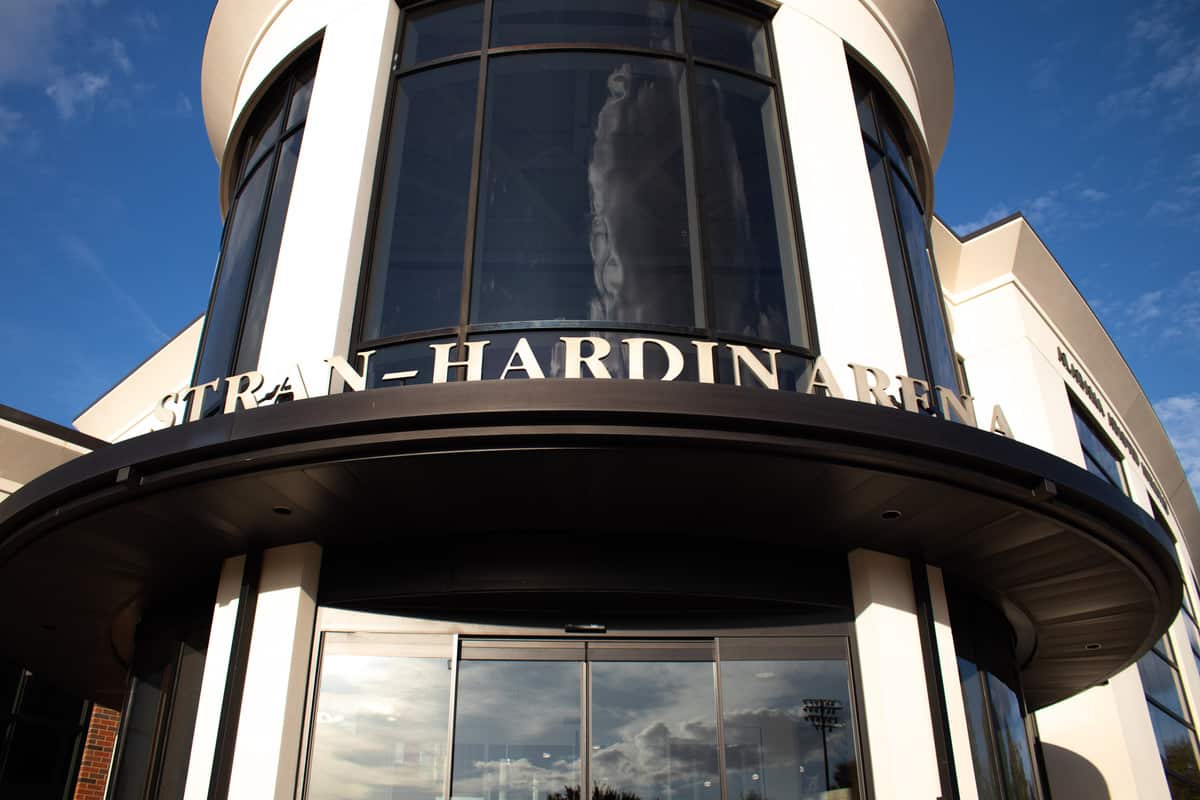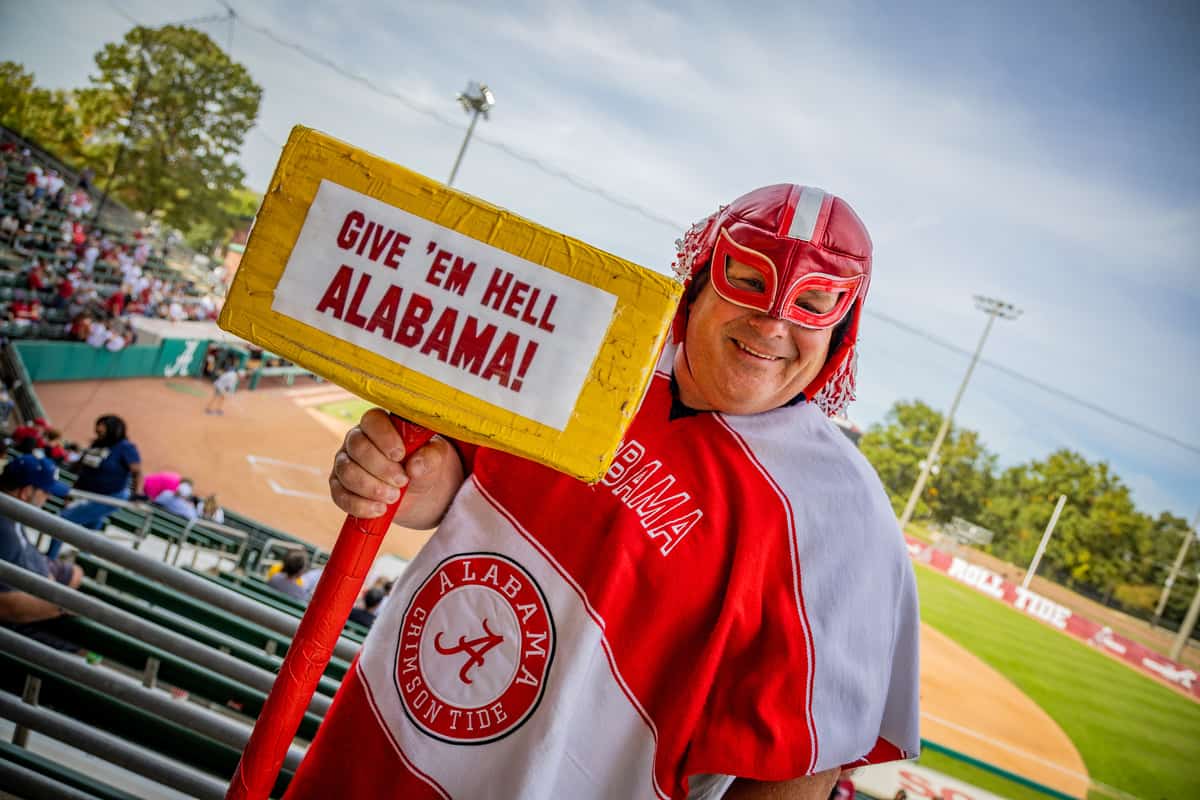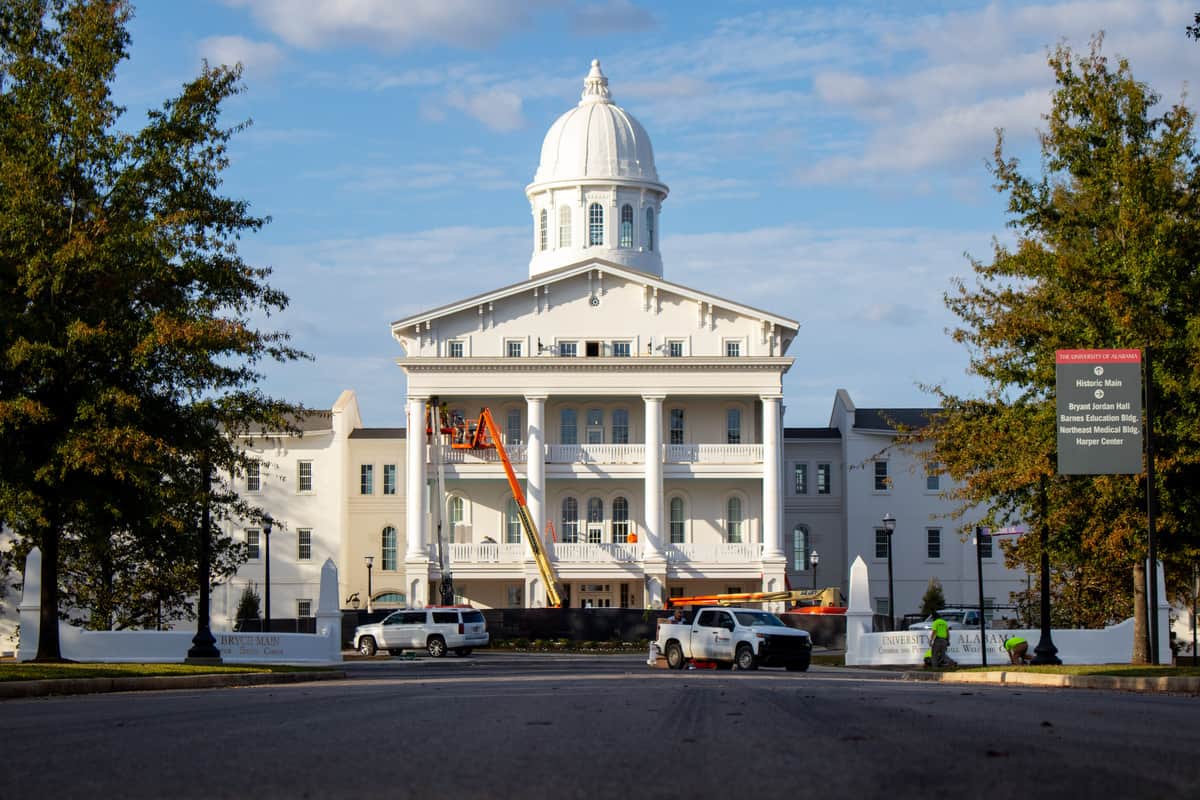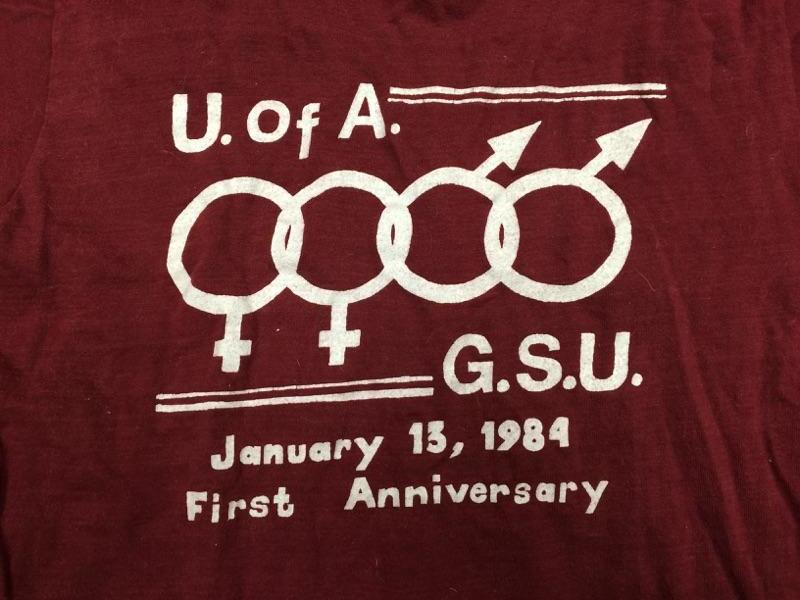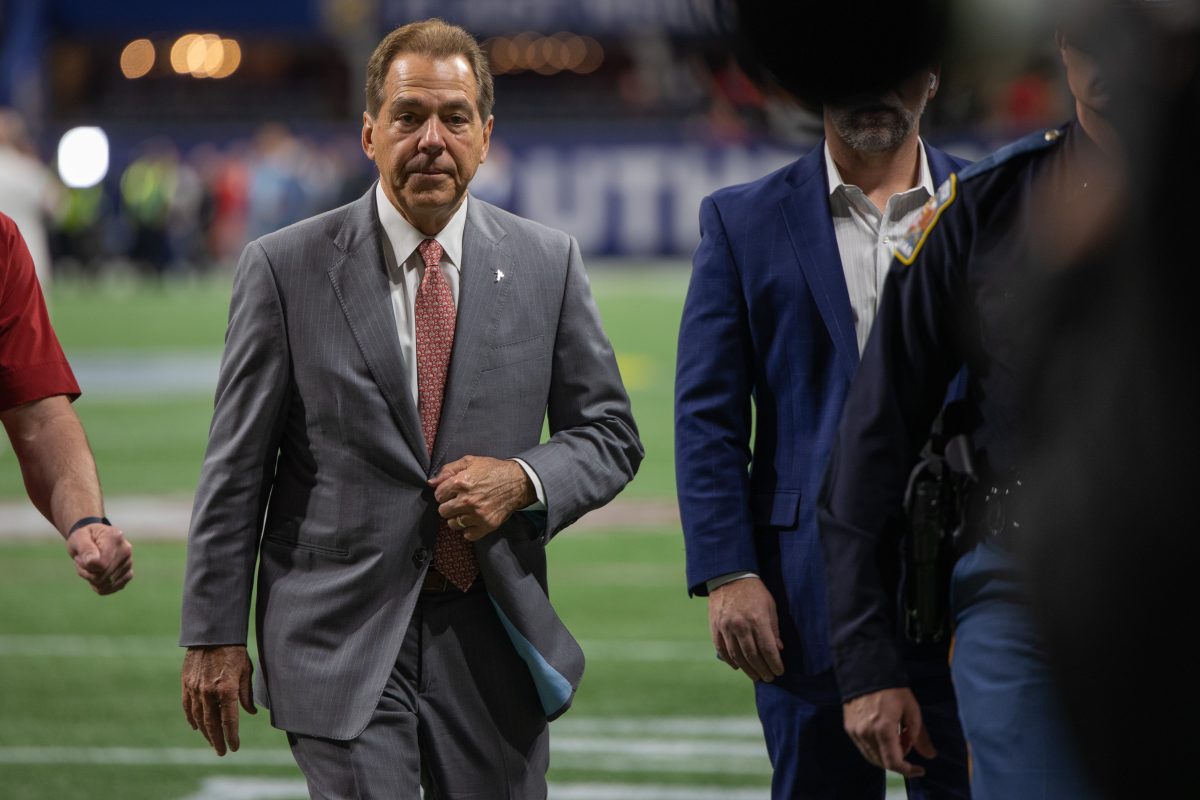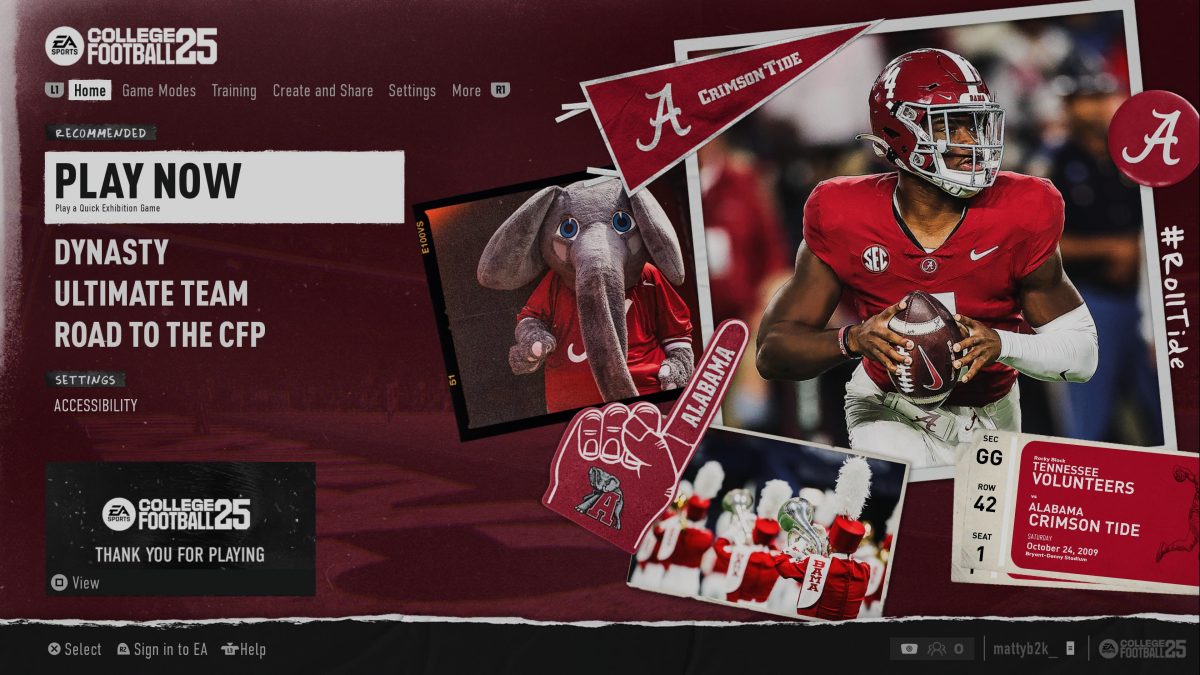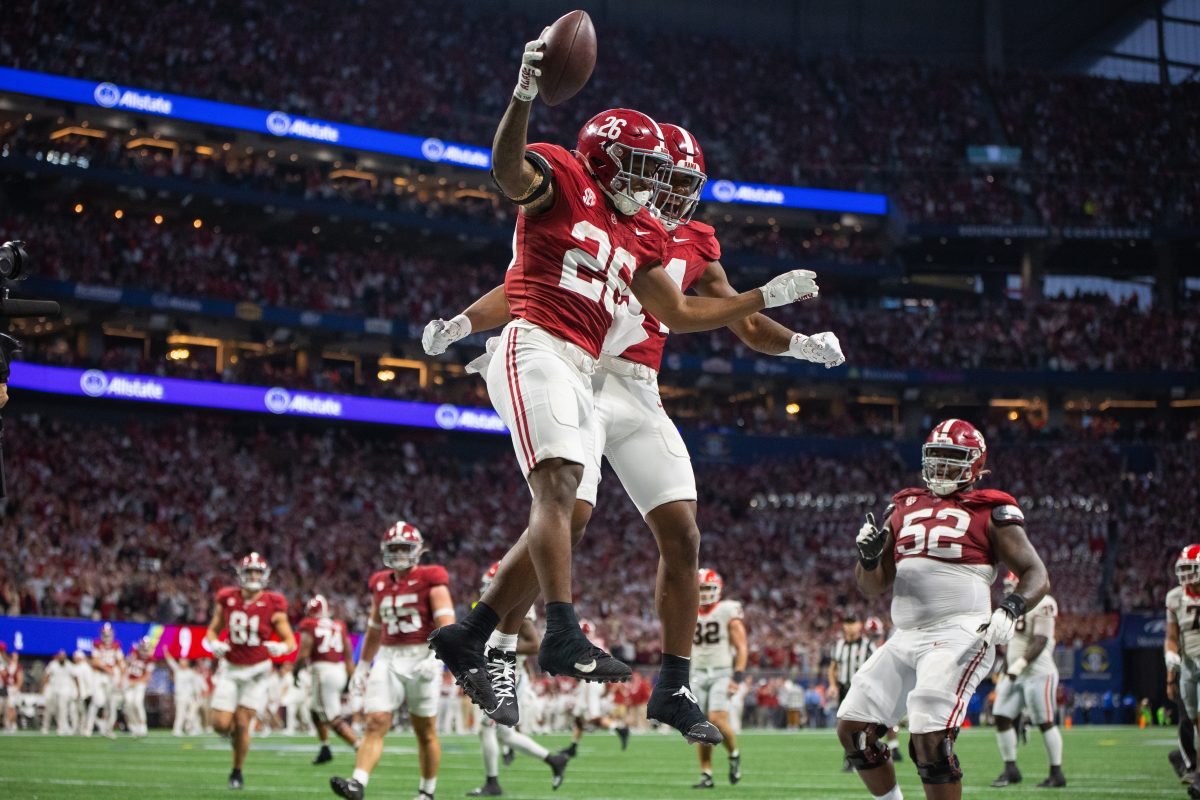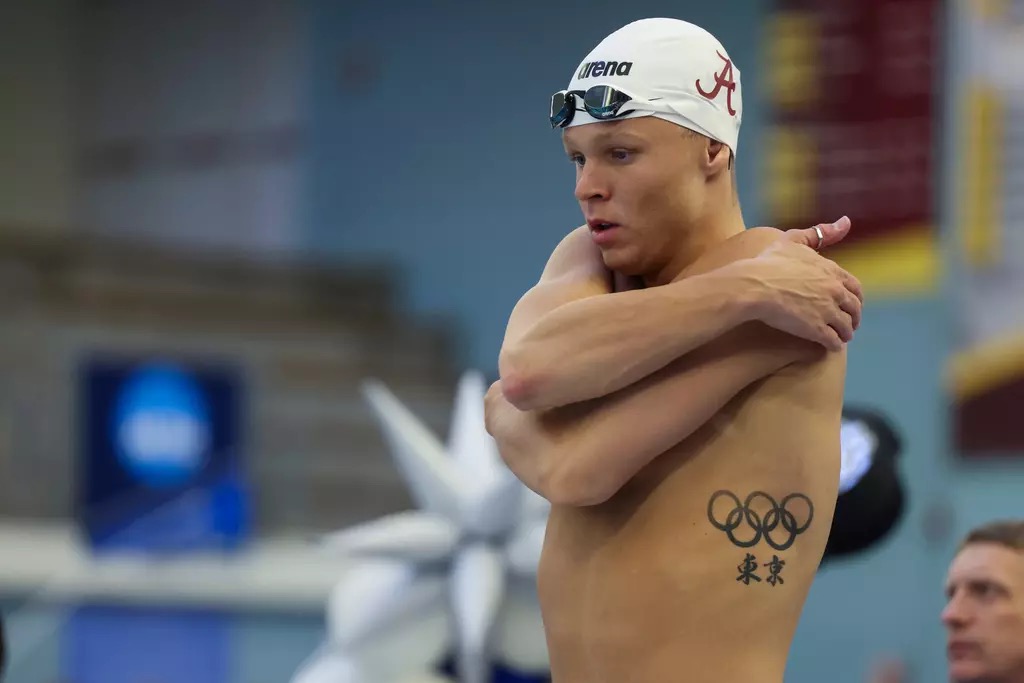Whether it’s a party at Rhoads or an afternoon at The Joe, many of UA Athletics’ favorite facilities are constantly referred to without a second thought given to their namesakes. Here are the Alabama legends who lend their names to some of the most visited facilities at The University of Alabama.
John and Ann Rhoads Softball Stadium
Although John and Ann Rhoads lend their names to several scholarships at The University of Alabama, they are best known for their names on the Alabama softball stadium. John Rhoads, a Birmingham businessman involved in several Alabama industries, such as aerospace and manufacturing, stayed heavily involved with the Capstone throughout his career.
Ann Rhoads followed suit, involving herself with several UA educational and athletic programs. Before she died in 2021, she increasingly followed UA Athletics, especially softball.
Although John Rhoads died in 2001, Ann Rhoads was present for the softball stadium’s dedication in their honor in 2011.
“Ann Rhoads is a dear friend to the University and a great supporter of Alabama Athletics,” then-UA athletic director Mal Moore said at the dedication. “I would like to thank her for all she has done to help the Crimson Tide remain one of the nation’s elite programs.”
Bryant-Denny Stadium
Bryant-Denny Stadium is certainly the best-known stadium in UA Athletics, and its namesakes hardly need introduction. Former Alabama president George Denny expanded the University in large part due to his methods of increasing funding via donations, gifts and other sources of revenue.
Denny also jumpstarted the football program and witnessed the creation of several UA traditions still in practice to this day. His career is commerated with the creation of Denny Chimes, the belltower situated on the Quad. He was the sole namesake of Denny Stadium until 1975.
While Alabama legend Paul “Bear” Bryant was still coaching for the Crimson Tide, the Alabama Legislature voted to add his name to the stadium. At that point, Bryant had won four national championships, and he added two more before he retired in 1982 with 323 collegiate head coaching wins — a record that stood until Penn State head coach Joe Paterno broke it in 2001.
Coleman Coliseum
Although Jefferson Jackson Coleman was known more for his contributions to UA football, his name has become synonymous with Alabama basketball since both the men’s and women’s teams play in Coleman Coliseum. The Livingston, Alabama, native started working for UA Athletics at the age of 19, when he was hired as former Alabama football head coach Wade Wallace’s student secretary.
He continued working for Alabama Athletics until his retirement nearly 50 years later. Coleman worked in various administrative positions, including director and the school’s purchasing agent. He also created the University Supply Store and the University Club during his tenure.
Coleman oversaw the construction of the court, then called Memorial Coliseum, in the 1960s, and in 1988, it was renamed in his honor. When he died in 1995, he was the only person to have attended every bowl game that Alabama football played in, including the 1926 Rose Bowl.
Stran-Hardin Arena
As co-founders of the Alabama Adapted Athletics program, Margaret Stran and Brent Hardin also lend their names to Stran-Hardin Arena, the one-of-a-kind facility that has brought home over a dozen national championships and sent several athletes to the Paralympics.
The couple immediately created the women’s wheelchair basketball program when they came to the University in 2003, and in the past 20 years, several sports, facilities and athletes have been added.
In 2017, the $10 million facility opened, largely possible because of UA alumni Mike and Kathy Mouron. Originally, Mike Mouron told Stran and Hardin that the facility would be named in honor of his wife and to keep the name a surprise.
“When we went to a naming ceremony, that’s when we found out,” Stran said. “I remember he said something to the effect of he paid for the naming rights, but we earned the naming rights. It’s very humbling, and kind of a responsibility to make sure that what I do and who I am reflects the honor that Mike and Kathy gave us.”
“We were incredibly honored and humbled and appreciative of that,” Hardin said.
Sewell-Thomas Stadium
Originally opened March 26, 1948, under the name of Thomas Stadium, the baseball stadium was named after former Crimson Tide football head coach Frank Thomas. The Muncie, Indiana, native had a successful career for the Crimson Tide’s football program along with being the UA athletic director from 1940 through 1952. During his 21-year stint at Alabama, Thomas brought four SEC championships along with two national championships to Tuscaloosa.
In the spring of 1978, Thomas Stadium was renamed to what it is known as today, Sewell-Thomas stadium, or “The Joe” for short. Joe Sewell, a member of the Baseball Hall of Fame and the Alabama Sports Hall of Fame, was one of the most successful players to don the crimson and white of the University of Alabama baseball program.
After a 13-year major league career, the Mobile, Alabama, native tallied up an impressive .312 career batting average in the big leagues, playing for the New York Yankees and eventually reaching the Baseball Hall of Fame in Cooperstown, New York.

